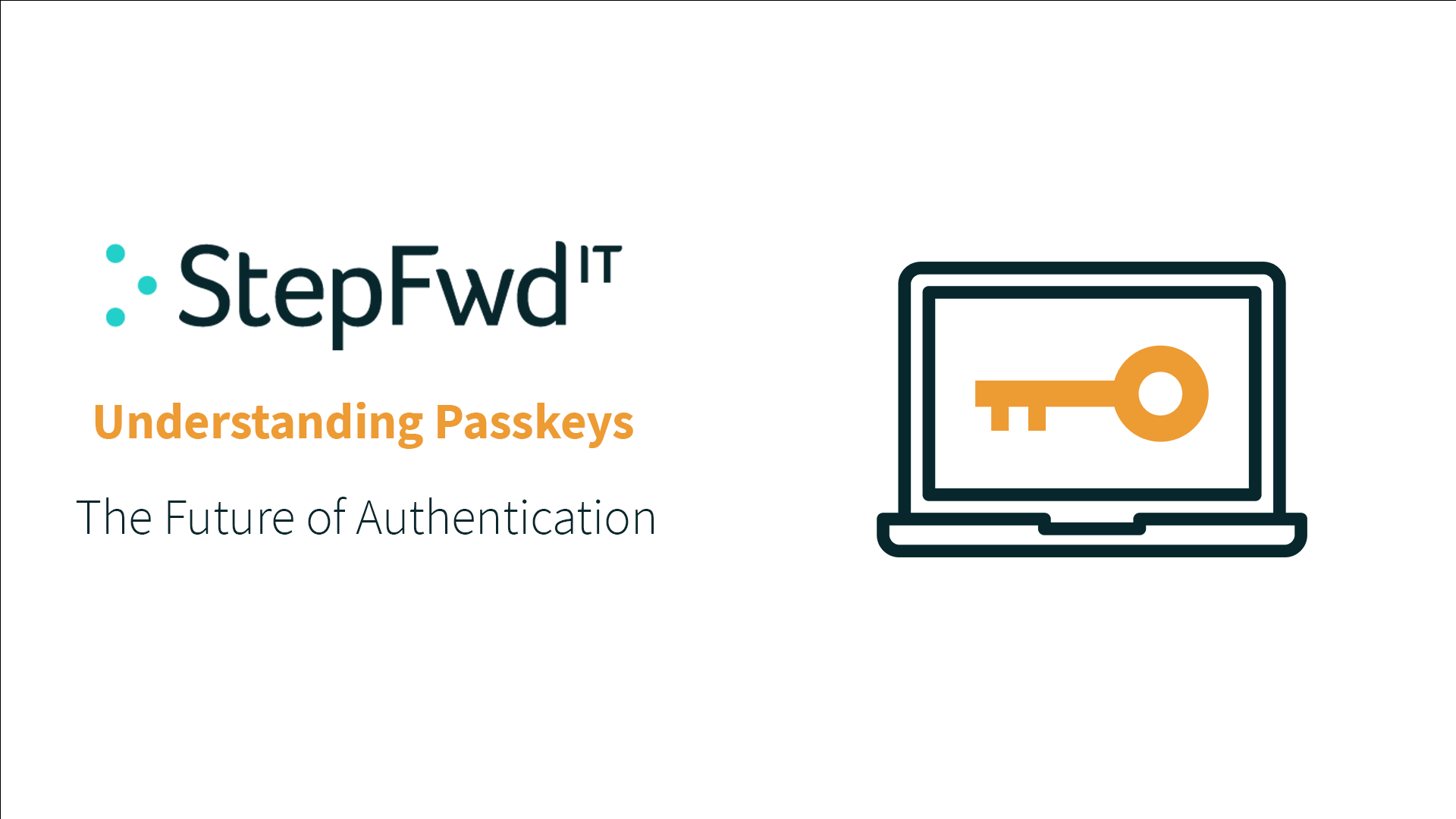
Understanding Passkeys: The Future of Authentication
In our last blog post, we shared ways to secure your accounts with strong passwords and passphrases. Unfortunately, these methods will always be vulnerable to phishing attacks and data breaches. That’s why businesses around the world are adapting passkey technology to provide a more secure and streamlined alternative.
In an era where digital security is paramount, it’s not just password-related cyber-attacks and data breaches that are having negative impacts on businesses. A 2023 consumer study by the FIDO Alliance found that 39% of Australian respondents abandoned their online shopping carts at least once in the last month because they couldn’t remember the password to their account. This number was 41% in the United Kingdom, 46% in the United States, 51% in China, and a massive 61% in India.
In this blog post, we explore what passkeys are, how they work, and the benefits they bring to the realm of online security.
What are Passkeys?
Passkeys are a revolutionary form of login credentials that enable users to access websites and services without the need for traditional passwords. These digital keys, uniquely associated with a user account and a specific website or application, offer a seamless and secure method of authentication. With passkeys, users are freed from the burden of remembering complex passwords, making login experiences more convenient and secure. These login credentials are compatible with a wide range of devices, including smartphones and laptops, providing a hassle-free and accessible authentication solution for users.
How Passkeys Work
1. Registration
When you create an account with a service that supports passkeys, you’ll have the option to set up a passkey during the registration process. During this step, you’ll associate your passkey with your user account for that specific service.
2. Creation and Verification
You’ll choose a method to create your passkey. This could involve using your device’s screen lock method, such as a fingerprint sensor, facial recognition, or a PIN. The system will guide you through this process, ensuring your chosen method is secure.
3. Using the Passkey
When you want to sign into a service, you’ll select the account you wish to use, but you won’t need to type in a username. This can be compared to selecting an account through a browser’s password manager.
4. Authentication
Your device will prompt you to unlock it using the method you established during passkey creation (e.g., fingerprint, facial recognition, or PIN). Once your device is unlocked, it confirms your identity.
5. Access Granted
With your identity verified, you’re granted access to your account without needing a traditional password. Passkeys provide a seamless and secure way to log in without the need to create or remember complex passwords.
These steps illustrate how passkeys simplify the authentication process, providing both security and user convenience. Remember that passkeys are specific to the user account and the website or application they are associated with, making them a secure and straightforward way to log in. For a simple explanation of passkeys, you can check out 1Password’s video here:
Benefits of Passkeys
Streamlined Multi-Factor Authentication (MFA)
Passkeys consolidate the MFA process into a single step. They replace the need for both a password and a one-time password (OTP) like a 6-digit SMS code. This seamless integration enhances security against phishing attacks and eliminates the inconvenience of SMS or app-based OTPs.
Enhanced User Experience
Users can choose an account to sign in with, eliminating the need to type in a username or password. Authentication can be achieved using device authenticators such as fingerprint sensors, facial recognition, or a PIN.
Once a passkey is created and registered, users can switch to a new device effortlessly, without the need for re-enrolment. This contrasts with traditional biometric authentication, which typically requires individual setup on each device.
Heightened Security
Passkeys introduce enhanced security measures in the following ways:
- Unlike passwords which have varying degrees of security and must be created by the user, passkeys are automatically generated and are strong.
- Developers only store a public key on the server, which is useless without the matching private key (stored only on the individual’s device). This reduces the incentive for malicious actors to target servers and significantly mitigates the potential fallout of a data breach.
- Protection Against Phishing: Passkeys are exclusive to their registered websites and apps. Users cannot be tricked into authenticating on deceptive sites since the browser or operating system manages verification. Additionally, since there is no password component, they can’t be stolen and users won’t be tricked into sharing them.
- Cost-Efficiency: Passkeys decrease the costs associated with sending SMS-based authentication codes, making them a safer and more economically viable form of two-factor authentication.
A Passwordless Future?
In conclusion, passkeys emerge as a beacon of hope in the quest for a more secure and user-friendly online world. With the ability to simplify user experiences and fortify security, passkeys are poised to revolutionize the way we access our digital lives. Unfortunately, there is still a long way to go before passkey logins become mainstream, but you can visit Passkeys.directory for a regularly updated list of passkey supported websites. We also advise following password/passphrase best practices to secure your accounts until passkey authentication becomes available. For a refresher, you can read our previous blog post here.